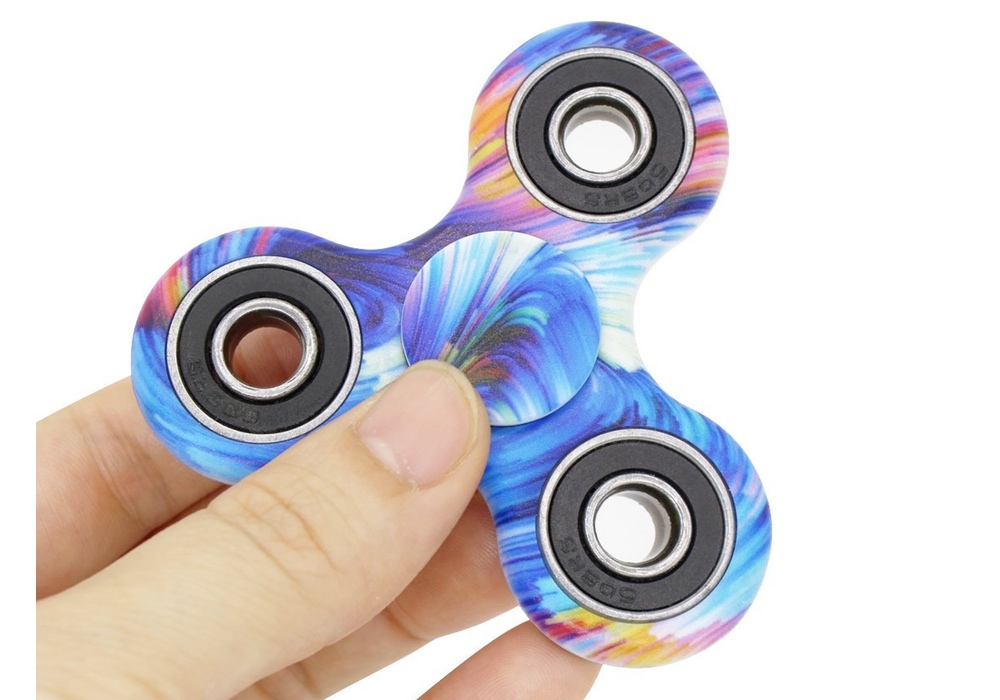Fidget toys have taken over the country. The top ten toys sold on Amazon right now are all fidget toys, led by the fidget spinner. There's no question these gadgets are fun. But there are questions about their therapeutic value for people who are anxious or have ADHD, and whether or not they belong in the classroom.
Fidgets — handheld items that give the hands something to do when they'd normally be at rest — are hardly new. Puzzles requiring you to slide digits around in a square until they are in numerical order, 15 puzzles, go back to the 19th century; and the idea of using a small, round pebble to sharpen one's focus and concentration goes back much further. But the graphics of today's fidgets have improved considerably. And therein may lie the rub.
Katherine Isbister is a game and human computer interaction researcher and a professor in the Department of Computational Media at the University of California, Santa Cruz. Her group has already studied and presented research on how fidget toys can help adults, and they are currently exploring the toys' usefulness for children.
Adults have reported that fidgeting with an object in their hand helps them stay focused while working on a time-consuming task or helps them sit still and stay attentive during a long meeting. From pens and paper clips to today's spinner toys, everyone has their own favorite.Other therapeutic fidgets toys, like stress balls and putty, don't require visual attention and so are much less distracting.
And so far, unpublished results agree with anecdotal accounts about fidget toys helping children with attention or anxiety issues to stay focused and calm in the classroom.
But there hasn't been much research published on the use of fidgets. Over a decade ago, a preliminary study found that stress balls improved sixth graders' attention spans, writing ability and attitude.
Therapists and child psychologists have stocked their offices with everything from Rubik's Cubes to wooden puzzles for years because of the calming effect these items have when people get their hands on them.
Some schools and teachers, however, are now banning fidget spinners and cubes from the classroom.
That's because the items that therapists use and recommend are for the hands alone — you don't need to look at them — Isbister explains. But you do need to look at fidget spinners, as well as have good hand-eye coordination to get the most out of them. And once you have them spinning, you can do tricks, which requires paying even more attention. That's hardly going to make a teacher happy when they're trying to keep a class focused on other matters. Hand it over.
Other therapeutic fidgets toys, like stress balls and putty, don't require visual attention and so are much less distracting.
According to Isbister, the bottom line seems to be that fidgets can serve a valuable purpose, but fidget spinners and fidget cubes may not be the best of them for strengthening focus or sharpening attention.
Of course, fun is therapeutic in its own right.
Katherine Isbister, PhD, is. Her essay was originally published in The Conversation and reprinted in Scientific American.





